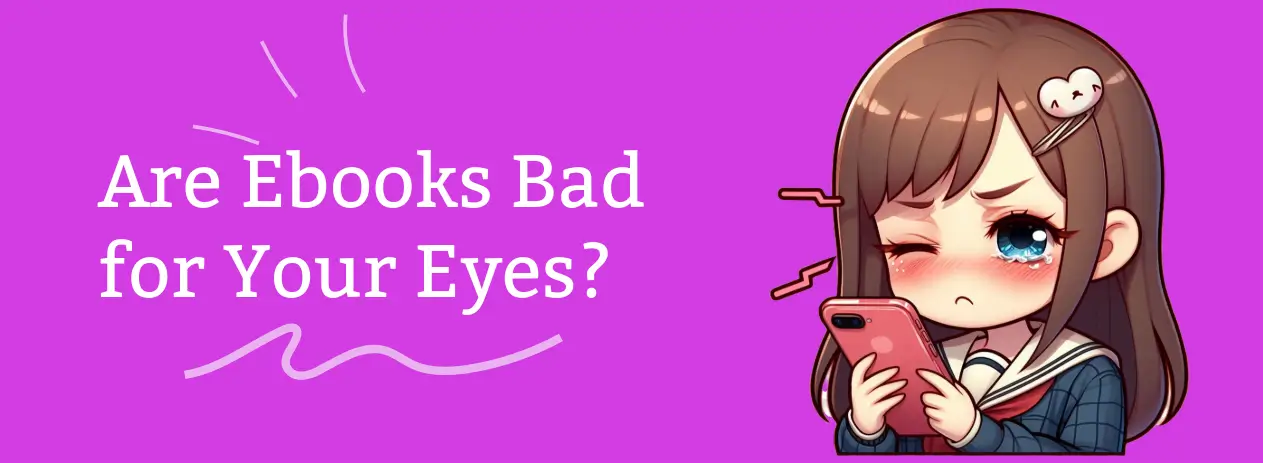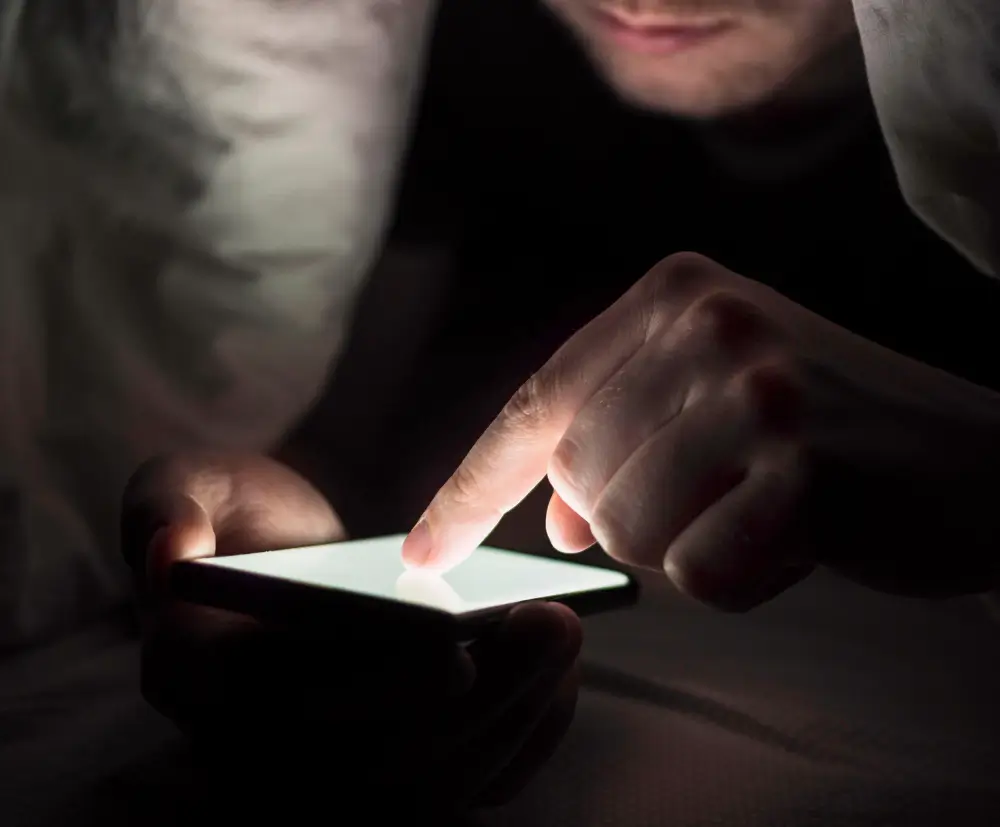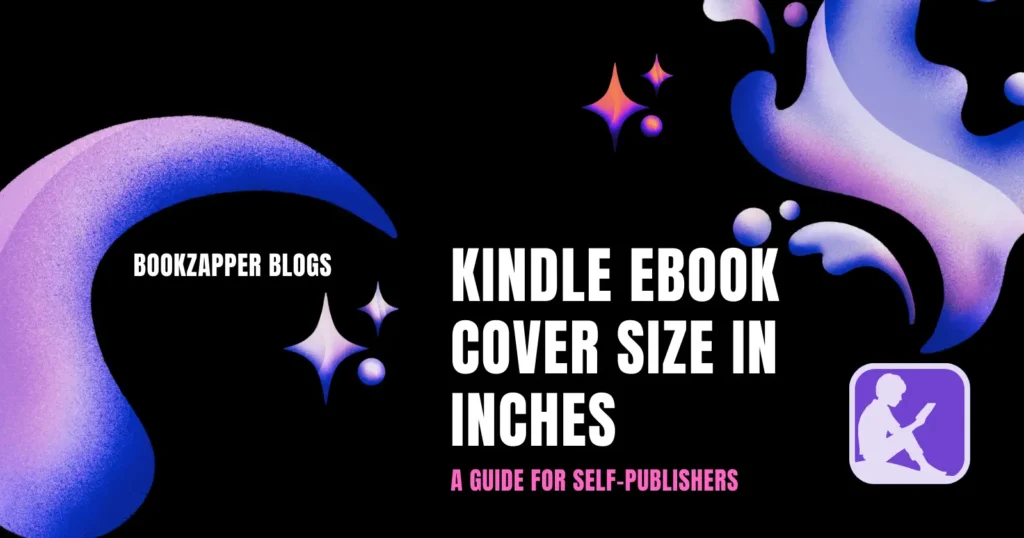
Are Ebooks Bad for Your Eyes? Debunking Myths and Revealing Absolute Truths
Ebooks have become a popular and convenient way of reading in the digital age. According to a survey by Pew Research Center, 28% of Americans read an ebook in 2019, up from 17% in 2011. Ebooks offer many advantages over printed books, such as portability, accessibility, affordability, and interactivity. However, some people are concerned about the potential negative effects of ebooks on their eyesight and health. Are ebooks bad for your eyes? In this article, we will debunk some common myths and reveal some absolute truths about ebooks and eye health.
Myth 1: Ebooks cause more eye strain than printed books
One of the most prevalent myths about ebooks is that they cause more eye strain than printed books. Eye strain, also known as asthenopia, is a condition characterized by symptoms such as dry eyes, blurred vision, headache, and fatigue, that occur after prolonged or intense use of the eyes. Eye strain is not a serious or permanent problem, but it can be uncomfortable and affect your productivity and quality of life.
Some people believe that ebooks cause more eye strain than printed books because they expose the eyes to more light and glare, which can make reading more difficult and tiring. However, this is not true. Eye strain is caused by reading for too long without breaks, not by the type of reading material. Whether you read an ebook or a printed book, you should follow the 20-20-20 rule: every 20 minutes, look at something 20 feet away for 20 seconds. This will help relax your eye muscles and prevent eye strain.
Another factor that can affect eye strain is the quality and condition of the reading material. Ebooks actually offer more flexibility and customization than printed books, such as font size, brightness, and contrast. You can adjust these settings to suit your personal preferences and the ambient lighting, which can make reading easier and more comfortable. Printed books, on the other hand, may have small or faded fonts, low contrast, or poor paper quality, which can make reading harder and more straining. Therefore, ebooks are not inherently worse than printed books for your eyes, as long as you use them properly and take regular breaks.
Myth 2: Ebooks emit harmful blue light that damages the retina
Another common myth about ebooks is that they emit harmful blue light that damages the retina. Blue light is a type of visible light with a short wavelength and high energy, which can penetrate deep into the eye and reach the retina. The retina is a thin layer of tissue at the back of the eye that converts light into neural signals for the brain to process. Some people believe that blue light from ebooks can damage the retina and cause macular degeneration, a leading cause of vision loss in older adults.
However, this is not true. Blue light from ebooks is not strong enough to harm the retina, as it is much weaker than the blue light from the sun or other sources. According to the American Academy of Ophthalmology, there is no evidence that blue light from digital devices causes any eye disease. In fact, blue light may have some benefits for the eyes, such as boosting alertness, mood, and cognitive function.
However, blue light from ebooks can have some negative effects on the circadian rhythm, the natural cycle that regulates the sleep-wake pattern. Blue light can suppress the production of melatonin, a hormone that helps you fall asleep. If you use ebooks before bedtime, you may have trouble falling asleep or staying asleep, which can affect your overall health and well-being. Therefore, you should avoid using ebooks or other digital devices at least an hour before bedtime, or use a blue light filter or night mode to reduce the blue light exposure.
Myth 3: Ebooks are harder to read than printed books
Some people prefer printed books over ebooks because they think that ebooks are harder to read. They may have various reasons for this preference, such as the tactile sensation of holding a book, the smell of paper, the nostalgia of turning pages, or the satisfaction of seeing their progress. However, these are subjective and emotional factors, not objective and rational ones. Ebooks are not harder to read than printed books, as long as you choose the right device and format for your reading needs.
Ebooks come in different types and formats, such as e-readers, tablets, smartphones, PDFs, EPUBs, MOBIs, etc. Each of these options has its own pros and cons, depending on the purpose, content, and context of your reading. For example, e-readers are designed specifically for reading ebooks, and they have features such as e-ink screens, long battery life, and adjustable fonts that make reading more comfortable and enjoyable. Tablets and smartphones are more versatile and convenient, but they have drawbacks such as glare, eye strain, and distraction. PDFs are good for preserving the layout and design of the original document, but they are not very flexible or responsive to different screen sizes and orientations. EPUBs and MOBIs are more adaptable and interactive, but they may lose some formatting or functionality of the original document.
Therefore, ebooks are not harder to read than printed books, as long as you choose the right device and format for your reading needs. You should also consider the type and genre of the book, the length and complexity of the text, the availability and quality of the ebook version, and your personal preferences and habits. Ebooks can offer more advantages and opportunities than printed books, such as access to a wider and cheaper range of books, the ability to search and annotate the text, the integration of multimedia and hyperlinks, and the potential for personalization and customization.
Myth 4: Ebooks are bad for children’s eyesight and development
Some parents are worried that ebooks are bad for their children’s eyesight and development. They may think that ebooks expose their children to too much screen time, which can affect their vision, attention span, learning, and creativity. They may also think that ebooks lack the physical and social aspects of reading, such as sharing, bonding, and storytelling. However, these are not valid reasons to avoid ebooks for children. Ebooks can be beneficial for children’s eyesight and development if used appropriately and moderately.
Ebooks can help children improve their reading skills and comprehension, especially if they have difficulties or disabilities that affect their reading. Ebooks can provide features such as audio narration, text-to-speech, word highlighting, dictionary, and translation that can support and enhance their reading experience. Ebooks can also motivate and engage children to read more, especially if they are interested in the topic, genre, or format of the ebook. Ebooks can offer more variety and interactivity than printed books, such as animations, games, quizzes, and feedback.
However, ebooks are not a substitute for printed books or other forms of reading. They are a complement and an addition to the reading repertoire of children. Ebooks should be used in moderation and balance with other activities, such as playing, exercising, and socializing. Ebooks should also be used in conjunction and collaboration with parents, teachers, and peers, who can provide guidance, feedback, and support for the children’s reading. Ebooks should not be used as a babysitter or a distraction for the children, but as a tool and a resource for their learning and enjoyment.
Are Ebooks Bad for Your Eyes?
The debate around the impact of ebooks on eye health has been ongoing. Here’s the truth: Reading ebooks, when done responsibly, is not inherently bad for your eyes.

Factors to Consider:
- Screen Quality: High-quality e-readers with anti-glare screens reduce eye strain compared to reading on backlit screens like smartphones or tablets.
- Blue Light Filters: Many e-readers and apps now offer blue light filters, which help reduce the harmful effects of blue light emitted from screens.
- Proper Lighting: Reading in well-lit environments and avoiding reading in complete darkness can significantly reduce eye strain.
- Regular Breaks: Taking short breaks during prolonged reading sessions helps relax your eyes.
- Font Size and Style: Adjusting font size and style to suit your comfort level can enhance the reading experience.
Real-Life Example
Imagine you’re reading an engaging eBook on your e-reader. You’ve adjusted the font size to your liking, and the screen’s gentle illumination makes reading a pleasure. This responsible approach ensures that ebooks won’t harm your eyes.
New Resource For You: 6 Best e-Books and Audiobooks stores: A Step-by-step Guide
Conclusion
Ebooks are not bad for your eyes, as long as you use them properly and wisely. Ebooks do not cause more eye strain than printed books, as long as you take regular breaks and adjust the settings to suit your preferences and the lighting. Ebooks do not emit harmful blue light that damages the retina, but they can disrupt the circadian rhythm if used before bedtime. Ebooks are not harder to read than printed books, as long as you choose the right device and format for your reading needs. Ebooks are not bad for children’s eyesight and development, as long as they are used appropriately and moderately, and in conjunction and collaboration with parents, teachers, and peers. Ebooks are a valuable and versatile way of reading in the digital age, and they can offer many benefits and opportunities for readers of all ages and backgrounds.
FAQ: Are Ebooks Bad for Your Eyes?
1. Are ebooks harmful to your eyes?
Ebooks themselves are not inherently harmful to your eyes. It’s how you read them and the precautions you take that matter. Proper lighting, screen quality, and font adjustments can make ebook reading eye-friendly.
2. What’s the difference between reading a physical book and an ebook in terms of eye strain?
Print books offer a break from screens and may reduce eye strain for some. Ebooks, however, provide customization options like adjustable font sizes and styles, which can cater to different visual needs.
3. Do high-quality e-readers reduce eye strain?
Yes, high-quality e-readers with anti-glare screens can reduce eye strain compared to reading on backlit screens like smartphones or tablets.
4. How can I protect my eyes while reading ebooks?
Protecting your eyes while reading ebooks involves proper lighting, using blue light filters, taking regular breaks, and adjusting font size and style to your comfort.
5. Can ebooks with blue light filters help reduce eye strain?
Yes, many e-readers and apps offer blue light filters, which help reduce the harmful effects of blue light emitted from screens, potentially reducing eye strain.
6. Will ebooks replace physical books entirely?
The future of books is likely a balance between ebooks and physical books. Ebooks offer convenience, while physical books hold sentimental value for many readers. Both formats can coexist, catering to diverse reading preferences.
7. Can ebooks and physical books be enjoyed together?
Absolutely. As technology advances, ebooks and physical books will continue to thrive side by side, offering readers a diverse range of options for literary enjoyment. The choice ultimately depends on personal preferences and reading habits.




